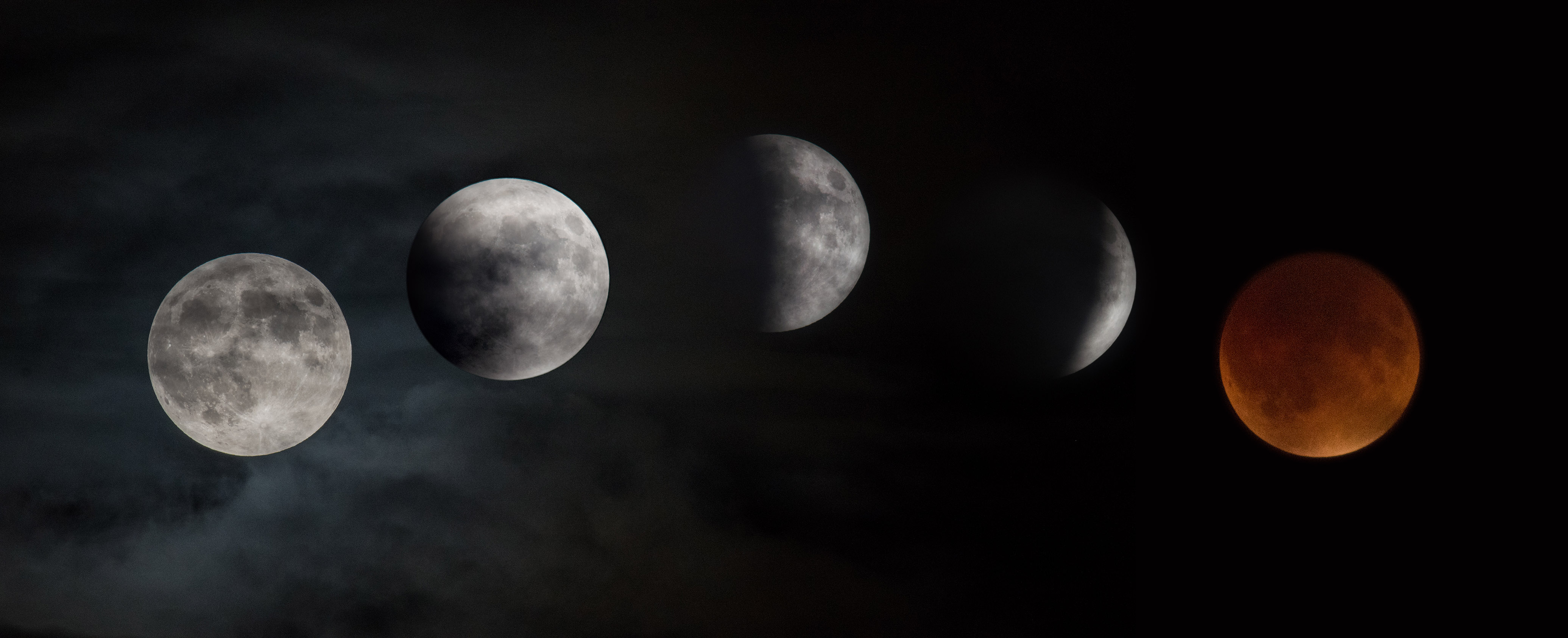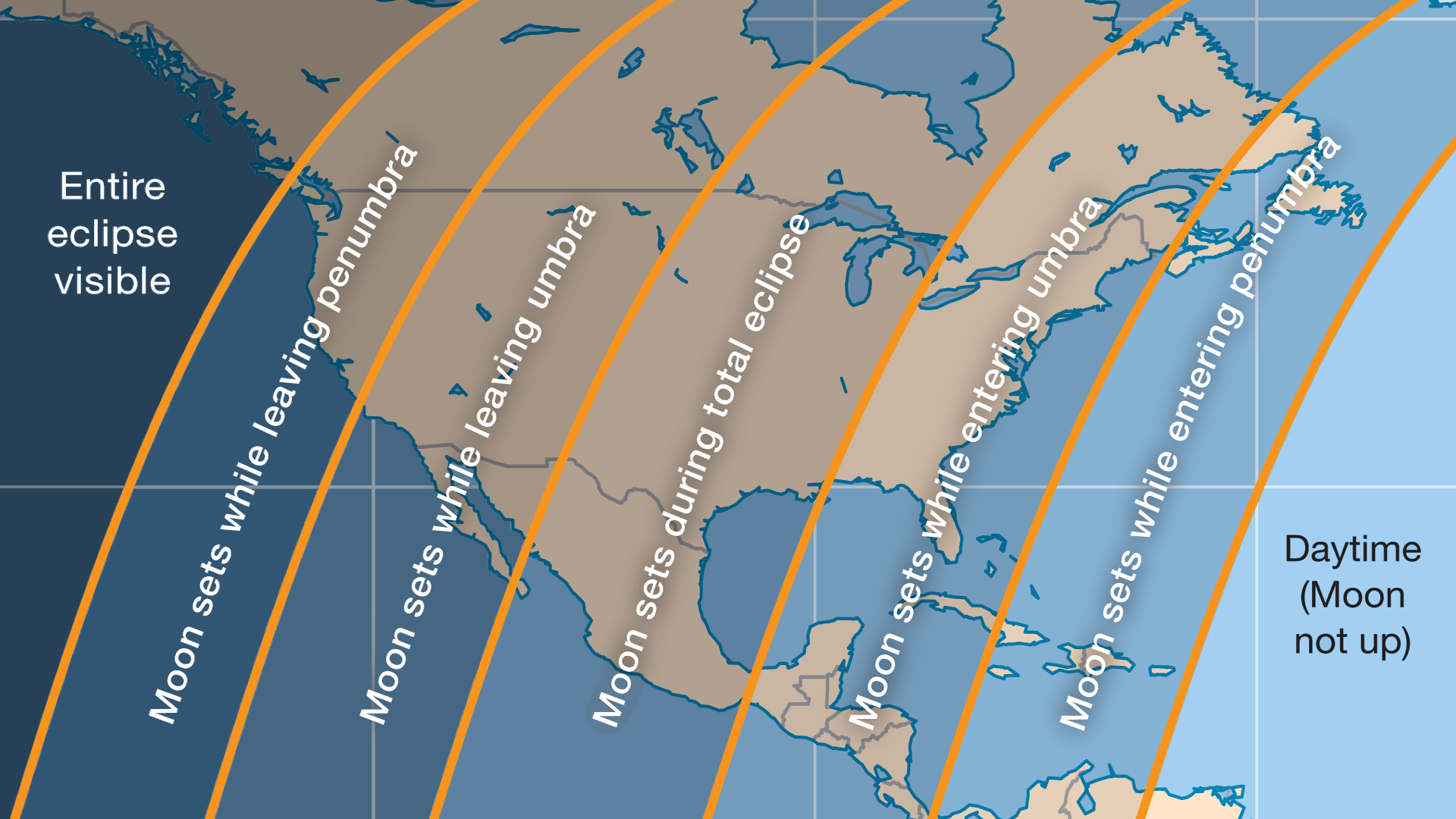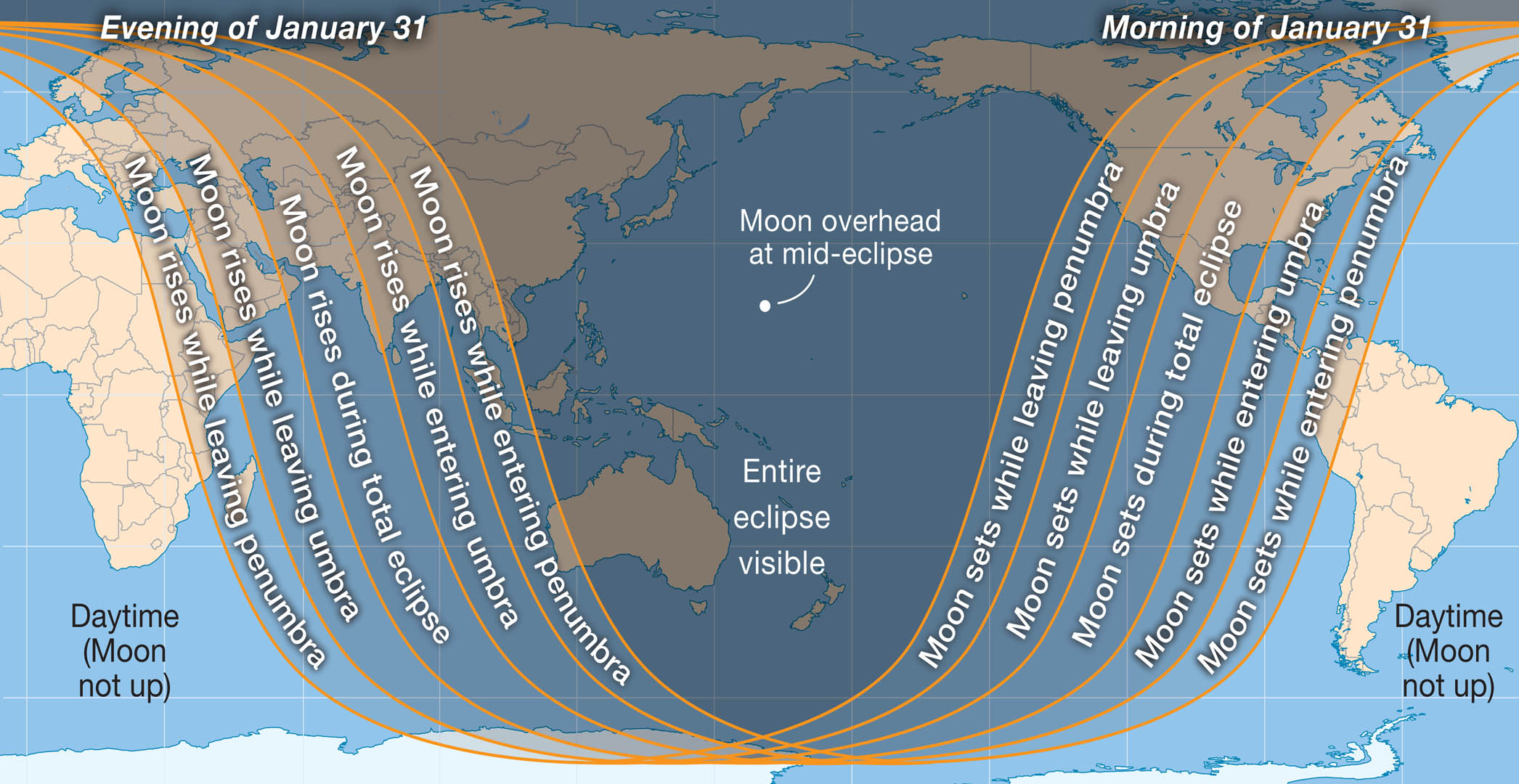NASA Scientist's Tips to See the Super Blue Blood Moon Lunar Eclipse
The supermoon lunar eclipse on Jan. 31 is shaping up to be a spectacular spectacle as well as a boon for moon researchers, according to NASA moon scientist Noah Petro.
Space.com caught up with Petro, deputy project scientist for the Lunar Reconnaissance Orbiter at NASA's Goddard Space Flight Center in Maryland, about his advice for viewing the moon and to learn more about what he hopes to learn from the moon's journey into Earth's shadow, which happens to occur Jan. 31 at the same time as a supermoon and a Blue Moon. Visit Space.com for live eclipse coverage and a webcast provided by Slooh.com beginning at 5:45 a.m. EST (1045 GMT). Webcast commentary begins at 7 a.m. EST (1200 GMT).
"The eclipse is really the most spectacular of the events, because those are the ones that are the most visually stunning," Petro told Space.com. "The supermoon is wonderful because you get to see this slightly larger, brighter moon in the night sky, but it's really the eclipse that's going to obscure the supermoon … the brightness will change to that beautiful rusty red color that people are accustomed to seeing during lunar eclipses." [Super Blue Blood Moon 2018: When, Where and How to See It]

The full eclipse will be visible on the U.S. West Coast, Hawaii, Alaska, Western Canada, Eastern Asia, Australia and New Zealand, and the event is slow and drawn out — the key is to get the timing of your viewing right, Petro said. Unlike last summer's solar eclipse, the lunar eclipse's totality will stretch for hours.
For instance, in the Pacific time zone the moon will be in totality — completely covered in Earth's dark shadow — between about 4:52 and 6:08 a.m., Petro said. For locations farther east, the moon will set before totality is visible.
"It's a slowly unfolding event, but should be a really beautiful show," Petro said.
To observe the moon, choose a spot with a clear view of the western night sky, he added: "The real best place for people to go is in their backyard, or get together with friends, or any place you might be able to have a clear view of the western sky."
Get the Space.com Newsletter
Breaking space news, the latest updates on rocket launches, skywatching events and more!
Obviously, being near a large city, you get a beautiful view of the moon setting behind huge buildings," he added, "but in general if you want to see the whole event unfold you want to be away from tall buildings, bright lights, trees, things like that. You want to have a clear view of the western horizon."

While amateur skywatchers catch the show, scientists will watch the dramatic impact of the eclipse on the moon's surface— its temperature will drop as it passes into shadow.
"You're going from direct, hot sunlight into the deep, dark shadow of the Earth, and so that rapid cooling of the lunar surface actually can help us understand what the properties of the surface are," Petro said. "There are surfaces on the moon that are extremely cold — the coldest temperatures in the solar system, actually, have been identified in permanently shadowed craters at the moon. But when we look more at the equator or the rest of the moon, seeing how the moon's surface cools and then reheats when it goes back into sunlight can tell us something about the particle size, the properties of the surface, that we can't normally get by just studying the normal day-night cycle of heating on the lunar surface."

While astronauts brought back samples of the lunar surface from the Apollo missions, those give a narrow view of the surface, Petro said — the samples were taken far away from craters, for instance.
"This gives us a chance to explore remotely, either with data from our Lunar Reconnaissance Orbiter spacecraft or from the telescopic observations that we made during the eclipse — places that we might want to go in the future, or places that were inaccessible to astronauts."
Editor's note: If you capture an amazing photo of video of the Jan. 31 total lunar eclipse and would like to share it with Space.com for a story or gallery, send images and comments to: spacephotos@space.com.
Join our Space Forums to keep talking space on the latest missions, night sky and more! And if you have a news tip, correction or comment, let us know at: community@space.com.

Sarah Lewin started writing for Space.com in June of 2015 as a Staff Writer and became Associate Editor in 2019 . Her work has been featured by Scientific American, IEEE Spectrum, Quanta Magazine, Wired, The Scientist, Science Friday and WGBH's Inside NOVA. Sarah has an MA from NYU's Science, Health and Environmental Reporting Program and an AB in mathematics from Brown University. When not writing, reading or thinking about space, Sarah enjoys musical theatre and mathematical papercraft. She is currently Assistant News Editor at Scientific American. You can follow her on Twitter @SarahExplains.









